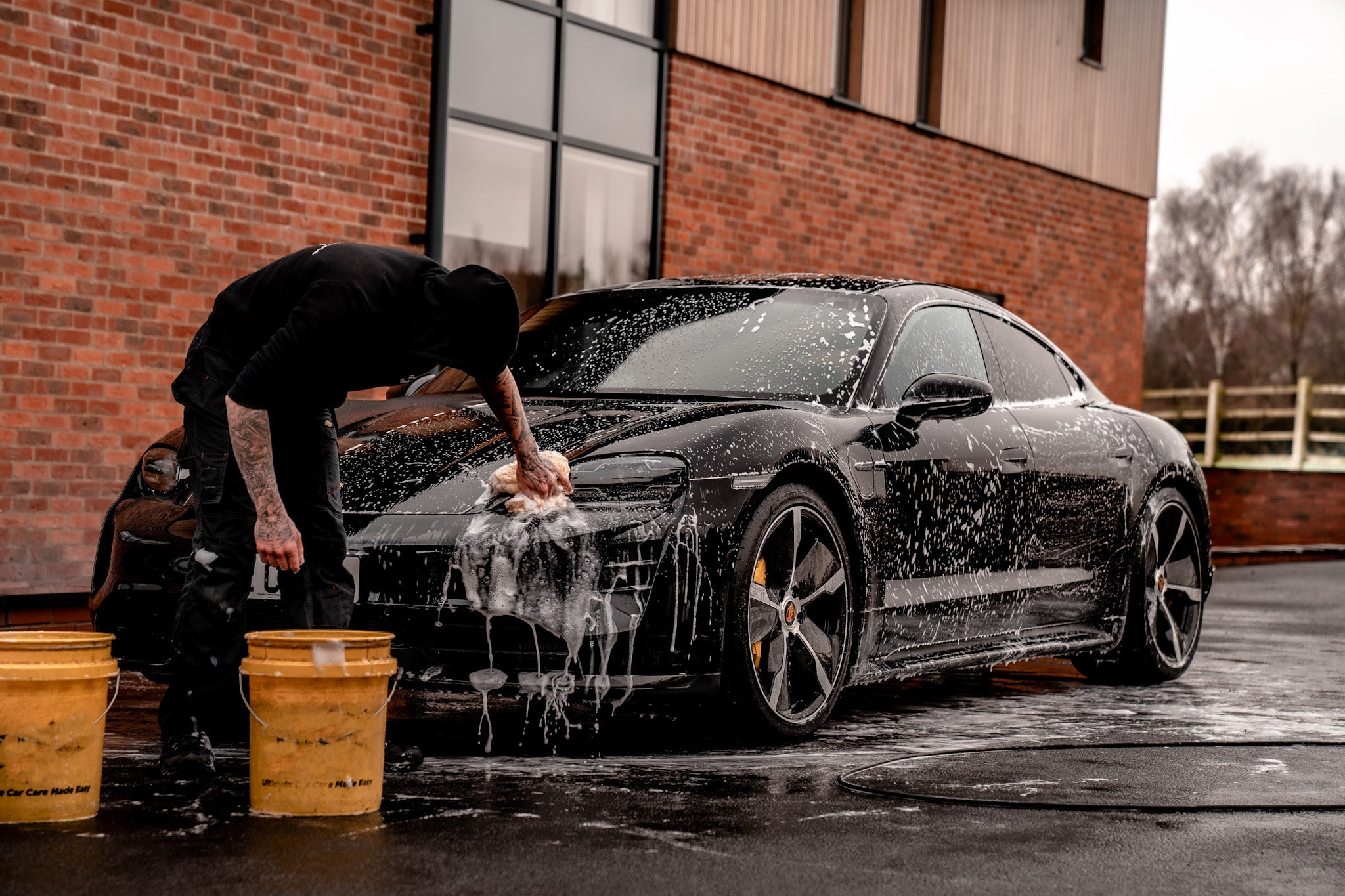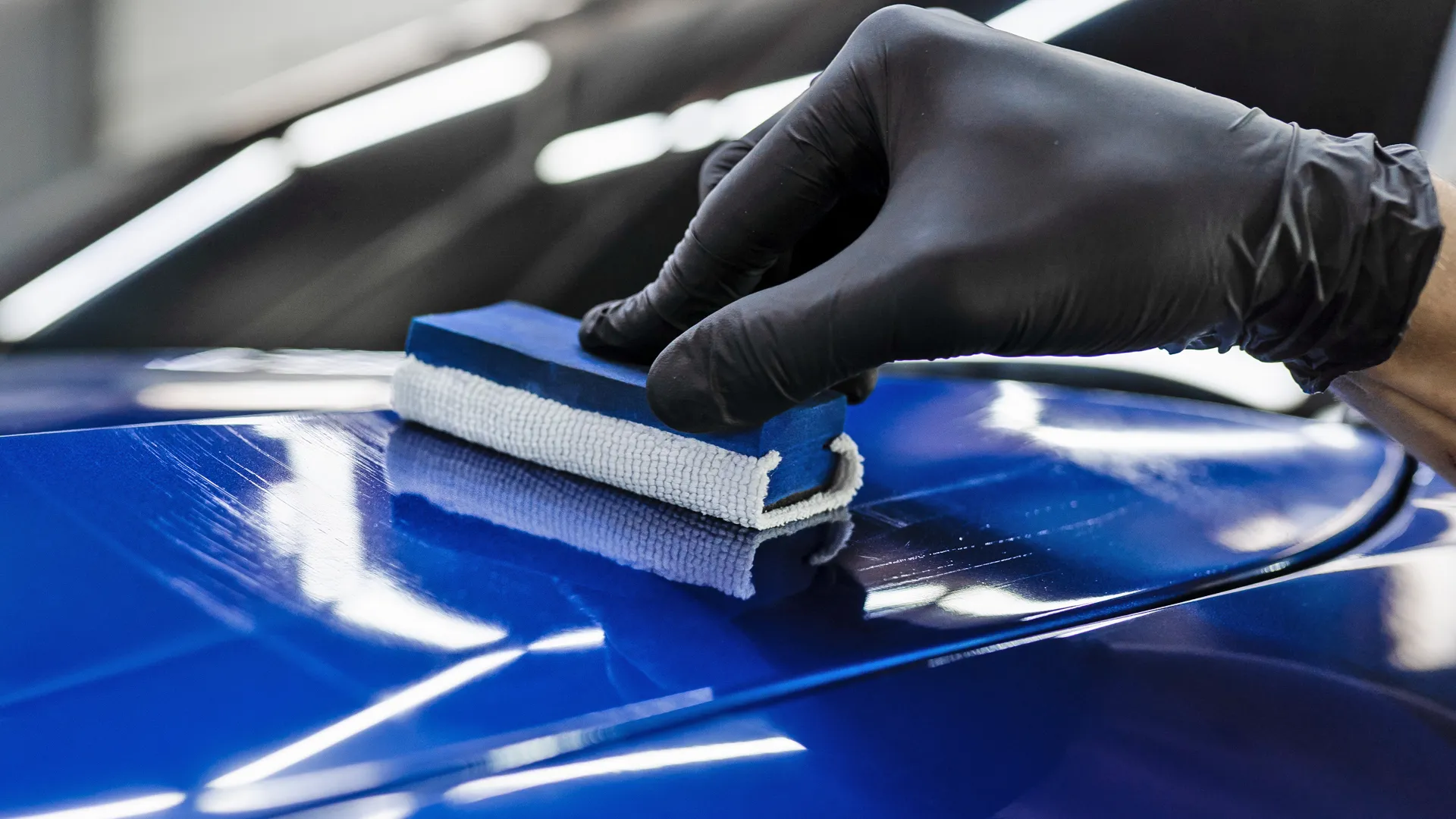Experience professional car detailing to preserve your vehicle’s interior and exterior.
Experience professional car detailing to preserve your vehicle’s interior and exterior.
Blog Article
A Comprehensive Guide to the Kinds Of Ceramic Finishing on the Market
Ceramic coatings have arised as a critical service throughout various markets due to their distinct residential properties and applications. As we explore the distinct features and applications of these layers, the effects for efficiency and long life end up being increasingly evident, elevating concerns concerning which type might best match your demands.
Understanding Ceramic Coatings
Ceramic coverings are sophisticated safety solutions that have obtained popularity in numerous markets, especially in automobile and aerospace applications. These coatings contain a fluid polymer that, when treated, develops a long lasting, hydrophobic layer externally of the substratum. This layer provides enhanced resistance to ecological impurities, UV radiation, and chemical direct exposure, consequently expanding the life and aesthetic allure of the underlying product.
The fundamental component of ceramic coverings is silica, which contributes to their hardness and resilience. The application process commonly includes surface prep work, application of the layer, and healing, which can be achieved via heat or UV light. When healed, ceramic coverings display exceptional bonding buildings, permitting them to adhere strongly to a range of surface areas, including metals, plastics, and glass.
Along with their protective features, ceramic coatings additionally offer simplicity of upkeep. Their hydrophobic nature lowers the adherence of dirt and gunk, making cleansing less complex and less regular. Generally, the fostering of ceramic coverings stands for a substantial improvement in surface area protection innovation, supplying both useful and aesthetic benefits across numerous industries.
Kinds of Ceramic Coatings
Various kinds of ceramic finishings are offered, each designed to meet specific efficiency needs and applications - scratch repair sarasota. One of the most common kinds include:
Silica-based Coatings: These coatings mainly contain silicon dioxide and are known for their longevity and chemical resistance. They are widely made use of in automotive and commercial applications.
Titanium Dioxide Coatings: Popular for their photocatalytic buildings, titanium dioxide coatings are commonly applied in atmospheres where self-cleaning and antifungal homes are desirable, such as in building products and automotive surfaces.
Zirconia Coatings: Identified by their high-temperature security and thermal resistance, zirconia finishings are utilized in applications such as generator engines and high-performance automobile elements.
Alumina Coatings: Displaying exceptional solidity and thermal stability, alumina finishings are frequently utilized in wear-resistant applications, consisting of cutting tools and industrial machinery. - Auto Detailing
Crossbreed Coatings: Combining the redirected here residential or commercial properties of different products, crossbreed layers offer enhanced efficiency characteristics, making them ideal for unique and demanding applications.
Each sort of ceramic layer offers unique objectives, permitting customers to pick the most proper option based upon details environmental conditions and efficiency needs.
Advantages of Ceramic Coatings
Coatings play a critical function in improving the performance and longevity of surface areas throughout numerous industries. Ceramic finishes, in specific, deal countless benefits that make them progressively prominent among makers and customers alike. Among the key benefits is their extraordinary toughness. These coverings are resistant to scrapes, chemicals, and UV rays, ensuring that the underlying surface area stays protected in time.
In enhancement to longevity, ceramic finishings provide excellent hydrophobic properties, enabling simple cleansing and maintenance. This water-repellent nature decreases the adherence of dirt, grime, and various other impurities, which can prolong the aesthetic charm and performance of the surface. Furthermore, ceramic finishes can significantly boost thermal resistance, making them perfect for applications that sustain high temperatures.

Application Process
When using ceramic finishes, a precise technique is vital to achieve ideal results. The application process normally begins with detailed surface area preparation. This includes cleaning, decontaminating, and brightening the surface to get rid of all contaminations, including dust, oil, and prior waxes or sealers. A tidy surface makes certain appropriate attachment of the finishing.
As soon as the surface area is prepped, the following action is to use the ceramic layer. The coating needs to be applied in slim layers, as thicker applications can lead to unequal finishes.
After application, the finishing requires a certain curing time, helpful site typically ranging from a few hours to a complete day, depending on you could check here the product. Complying with these steps carefully will optimize the efficiency and durability of the ceramic layer, offering a durable protective layer for the surface.
Upkeep and Longevity
To ensure the durability and performance of a ceramic finish, regular maintenance is essential. Ceramic finishes, recognized for their longevity and protective qualities, require particular treatment regimens to optimize their life-span and efficiency.
In enhancement to regular washing, regular evaluations are vital. Try to find indicators of wear or damage, such as hydrophobic properties decreasing or surface flaws. If required, a light gloss may be put on rejuvenate the layer without removing it away.
Additionally, the application of a booster spray can improve the layer's hydrophobic results and restore its gloss. This is specifically useful for finishes that have actually been in use for an extended duration. Eventually, by adhering to these upkeep methods, one can dramatically expand the life of a ceramic layer, making certain that it continues to provide optimum security against ecological variables and preserve the aesthetic charm of the lorry.
Conclusion

Report this page